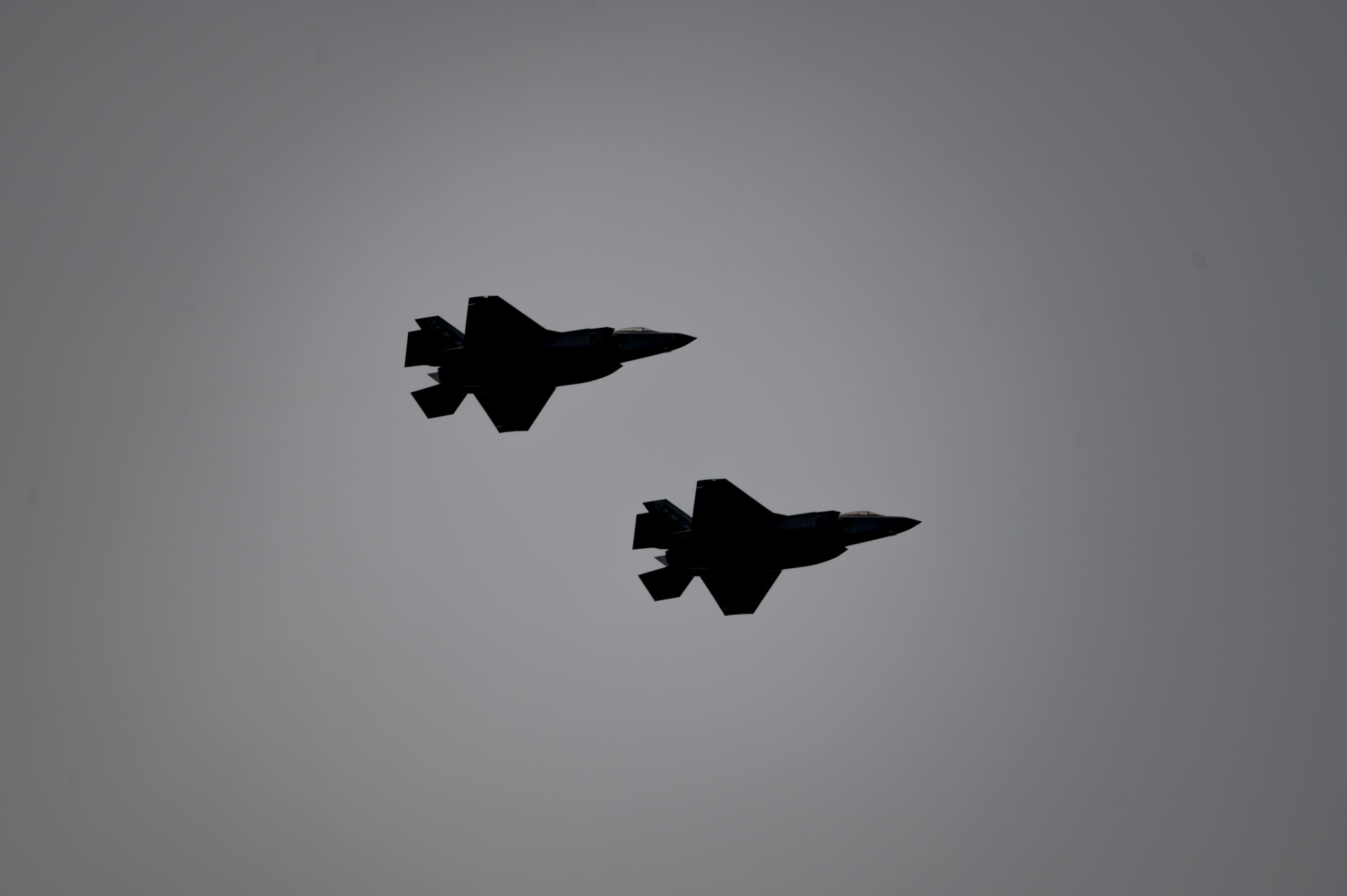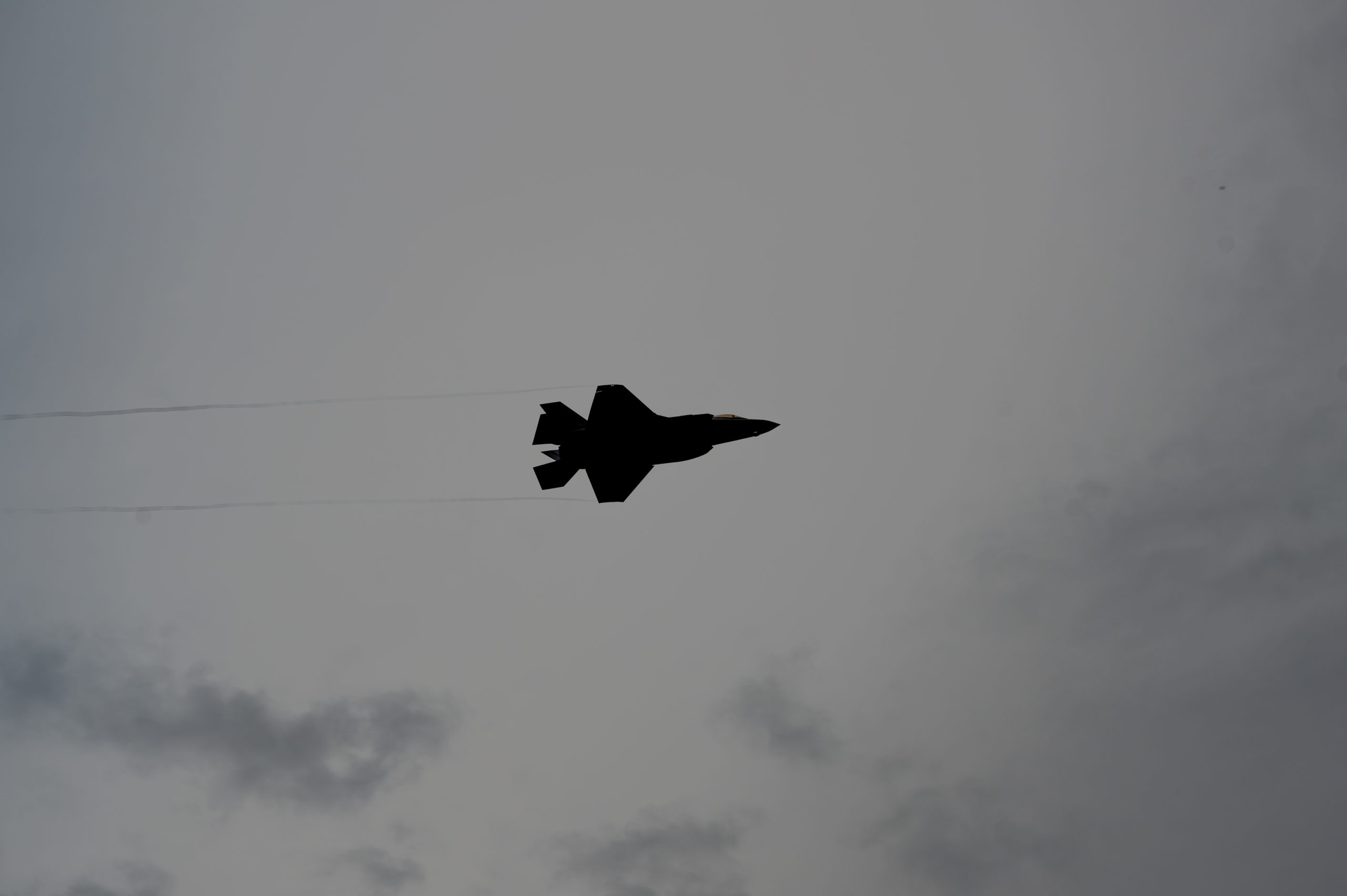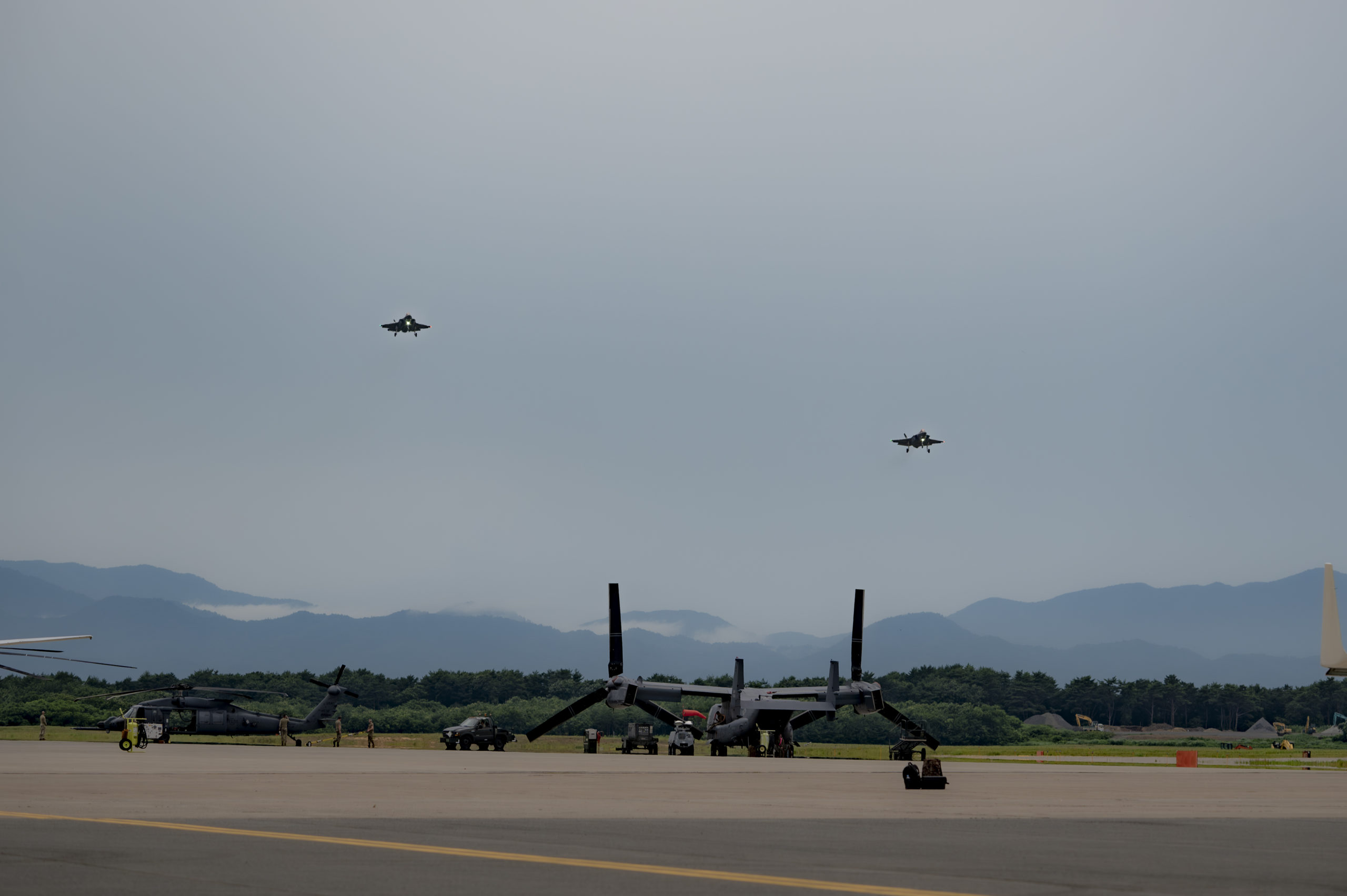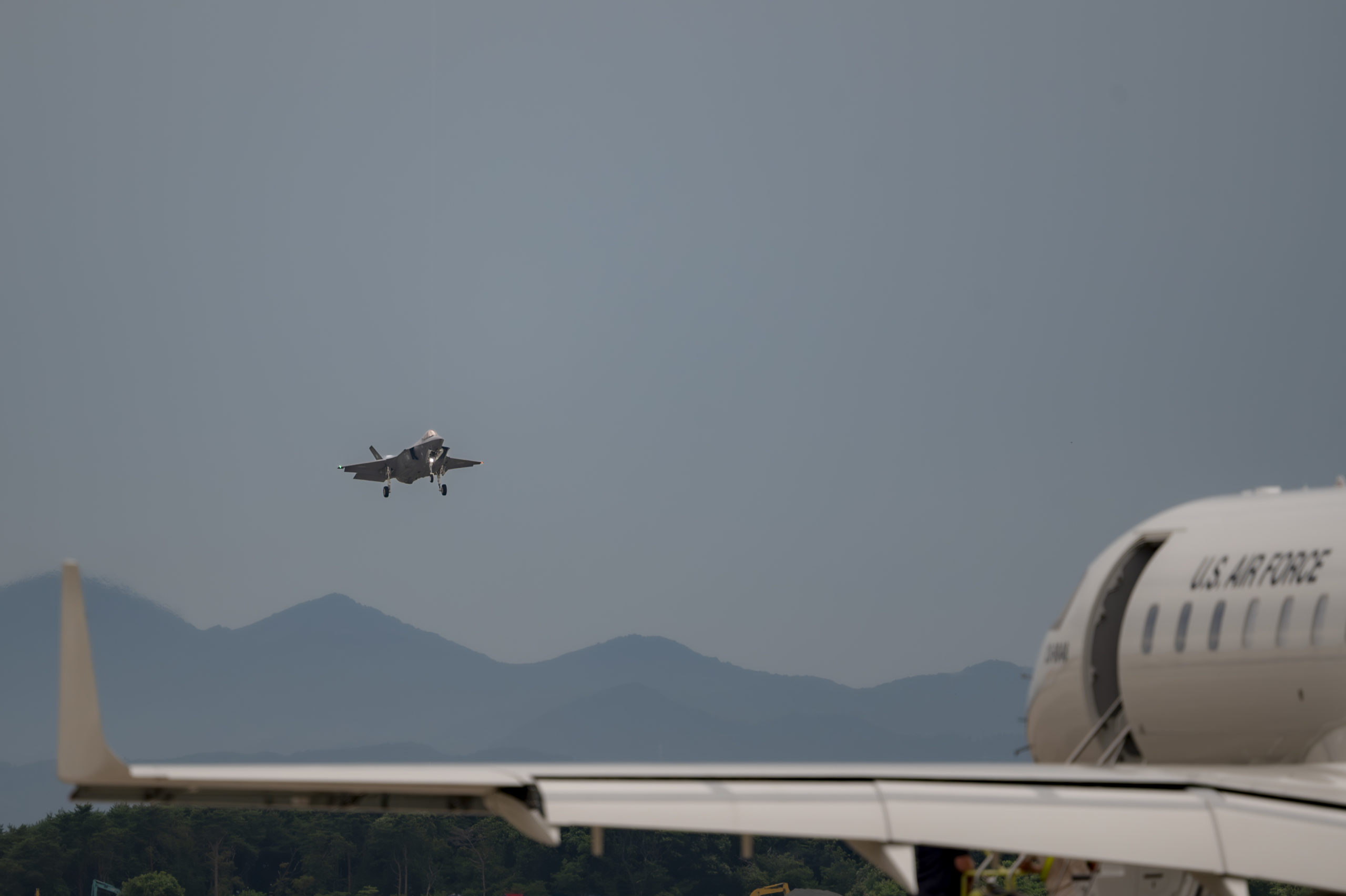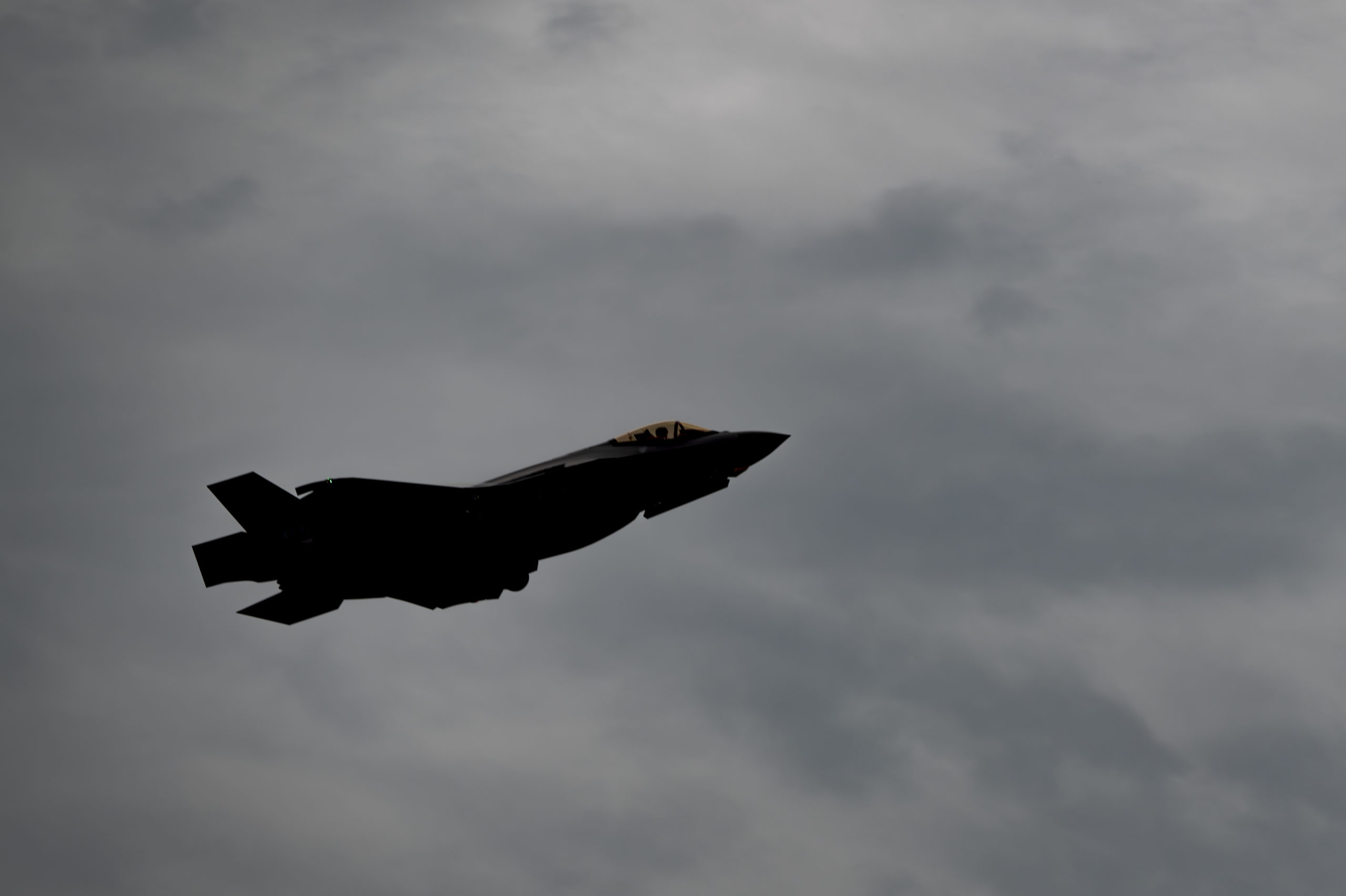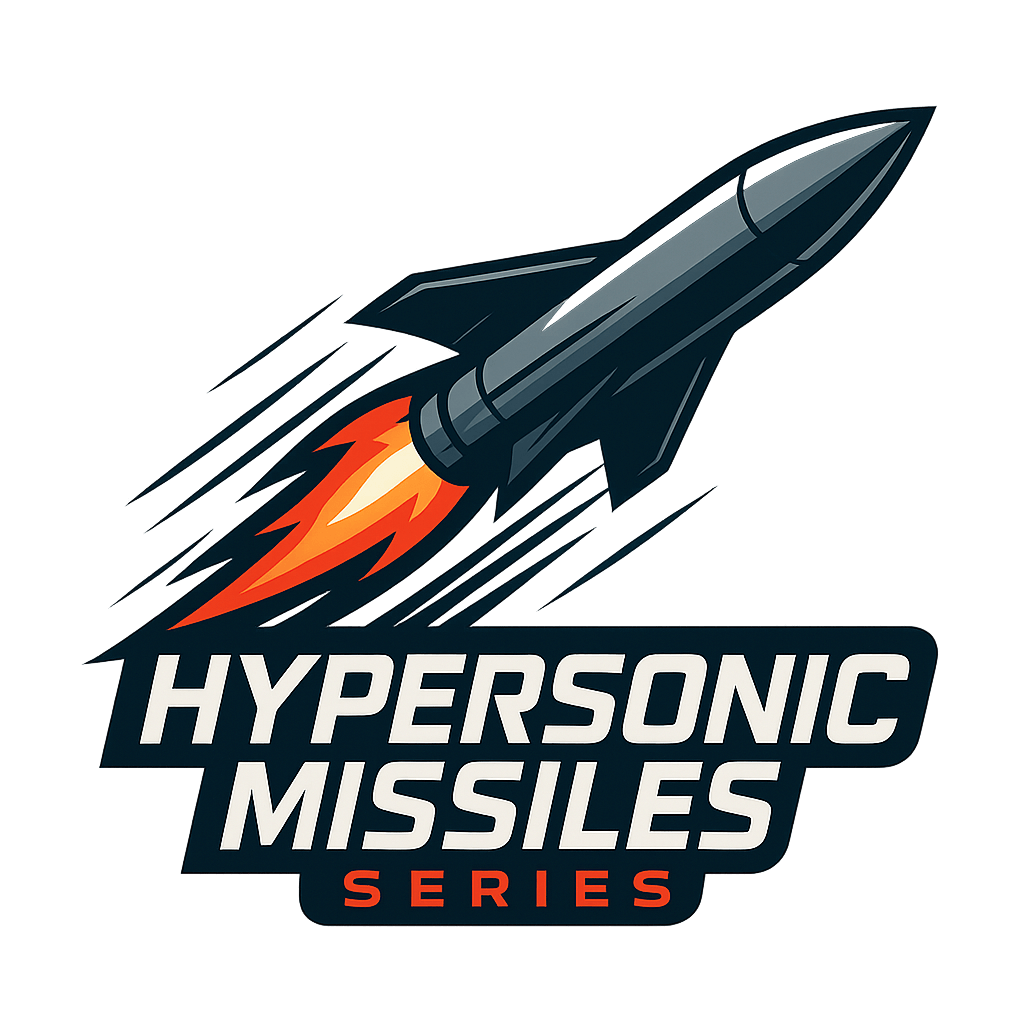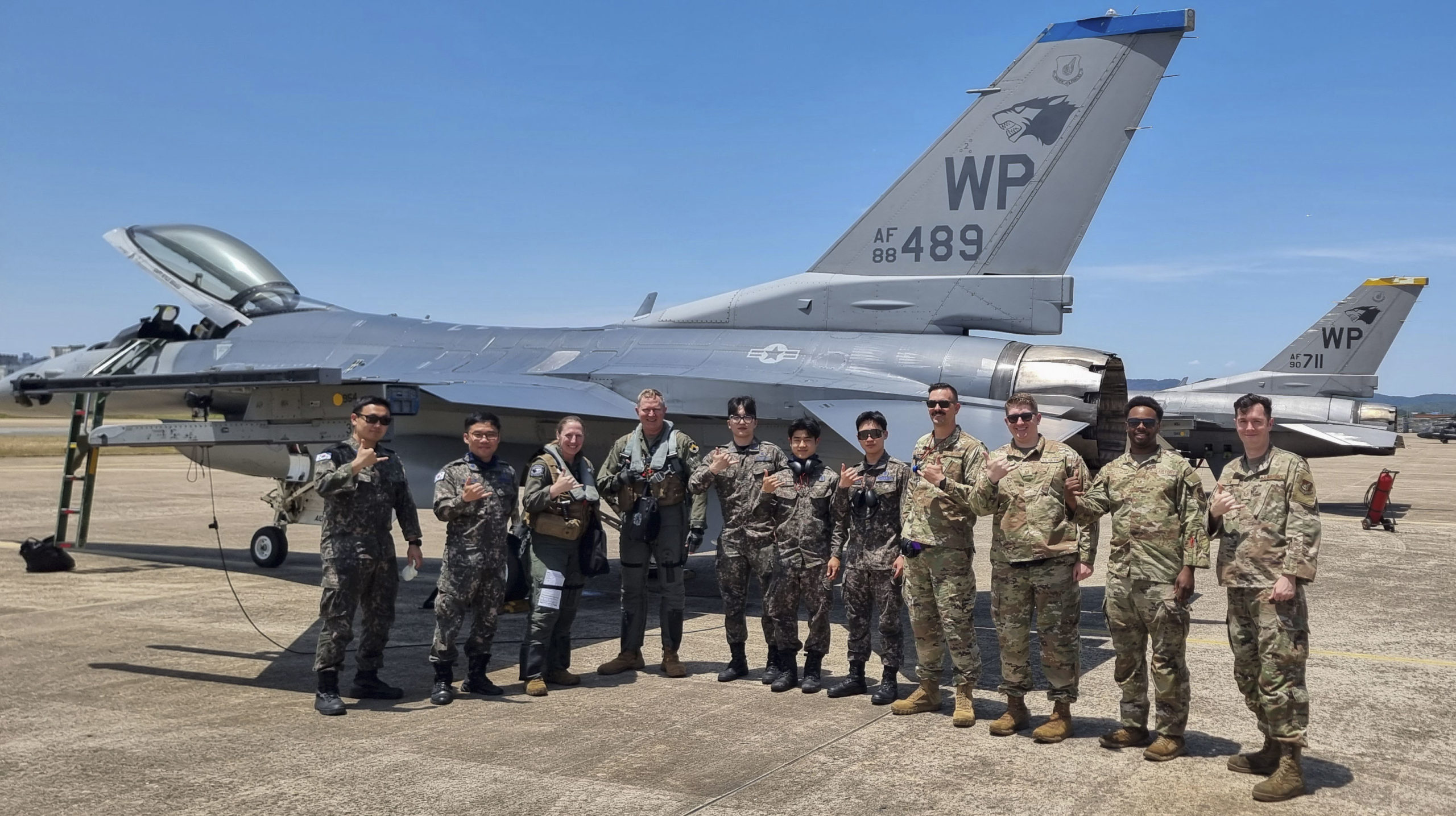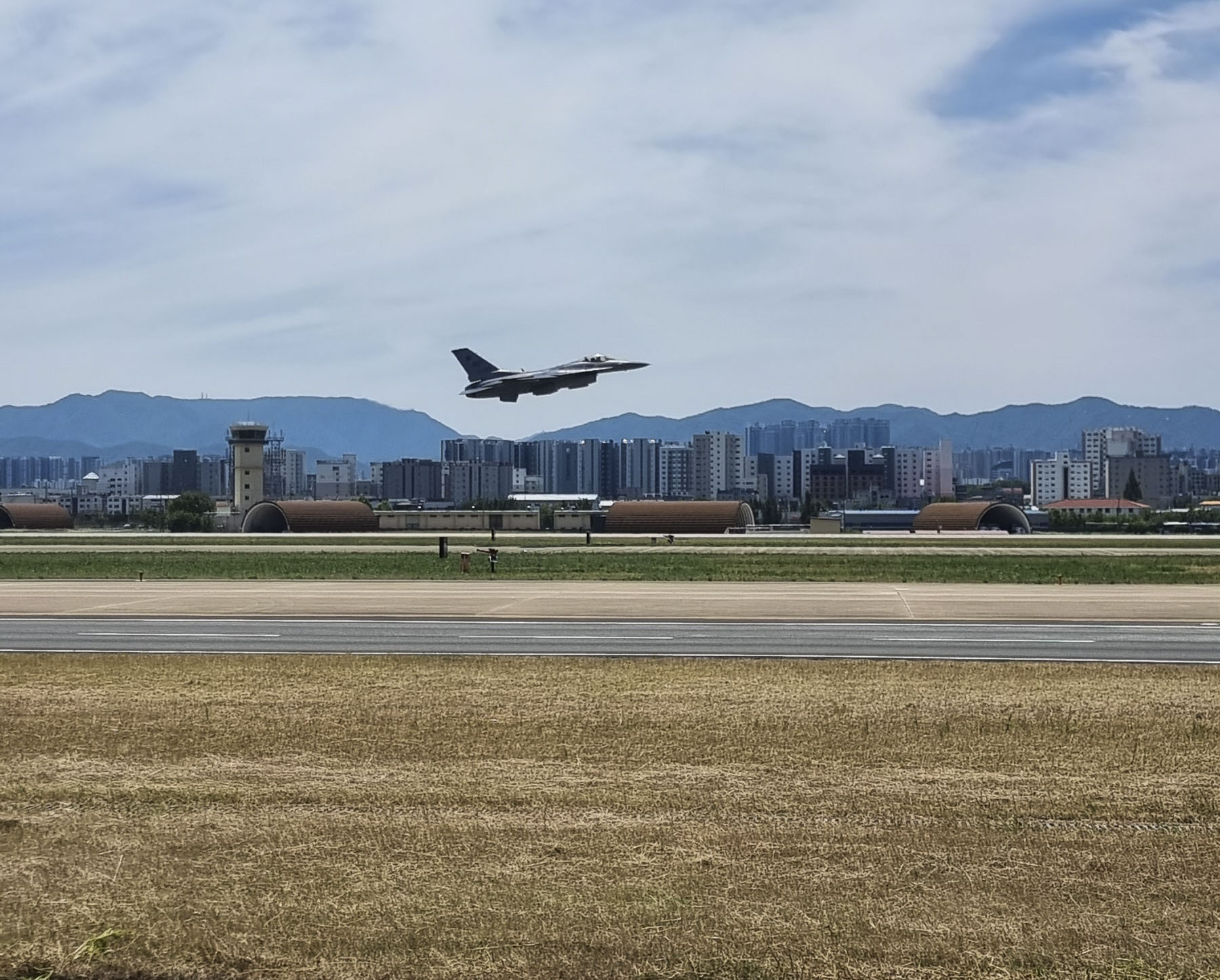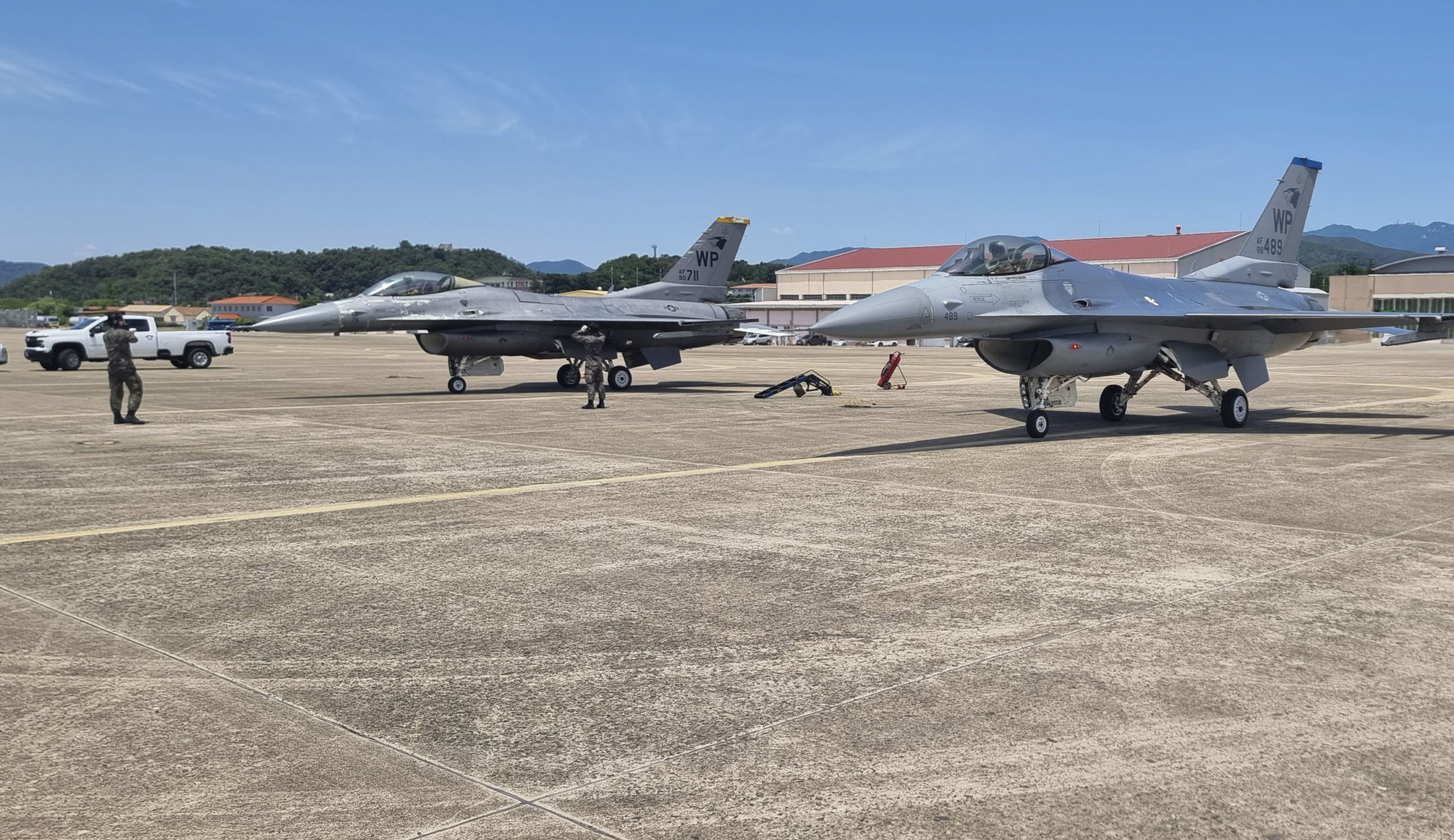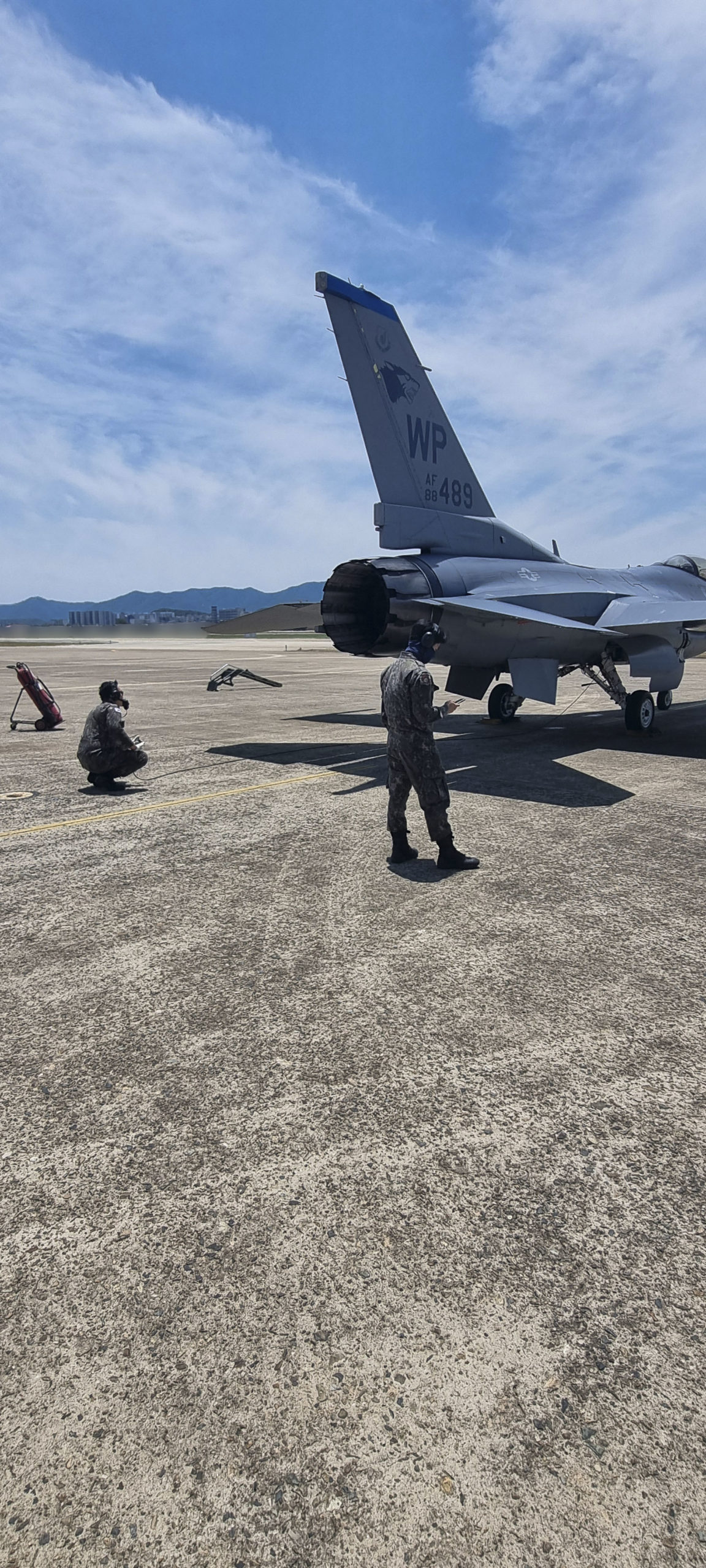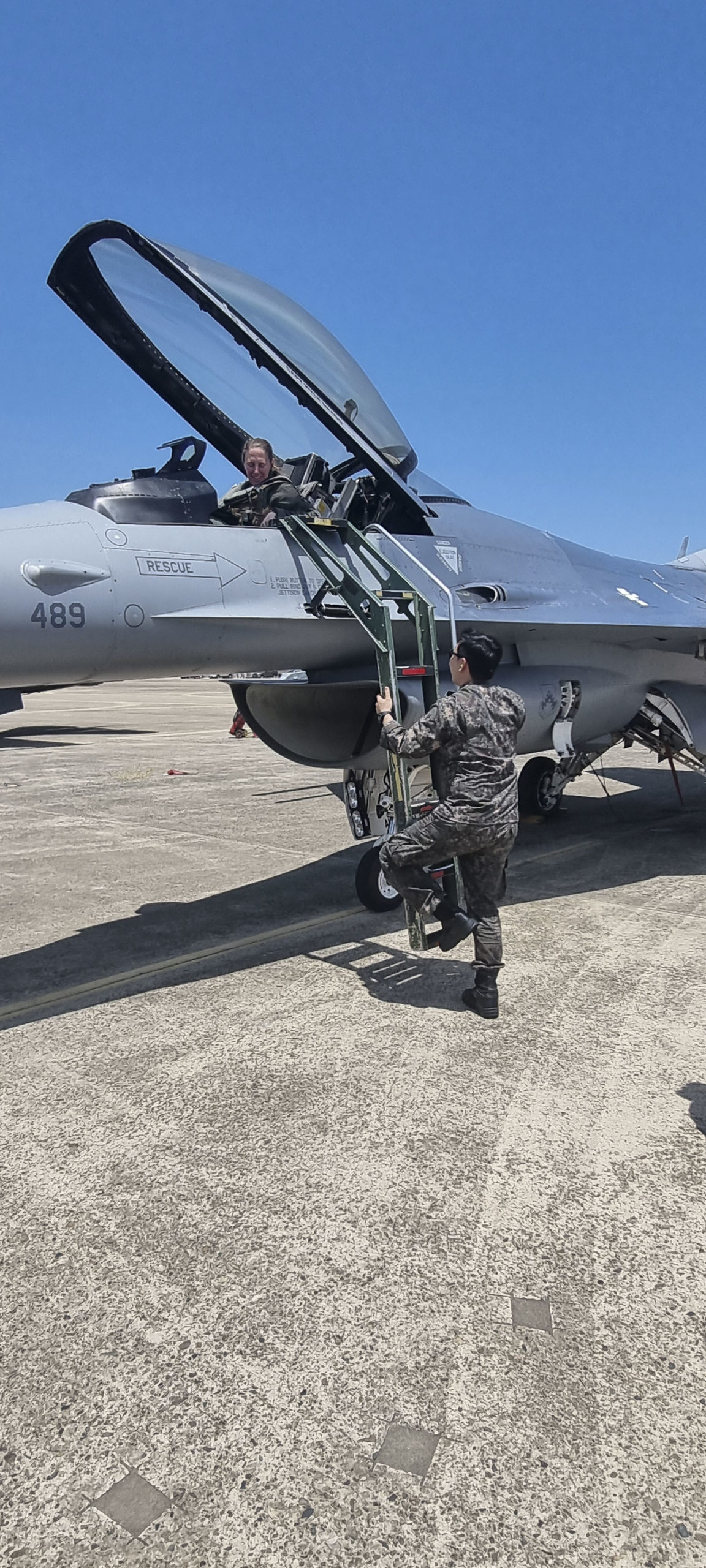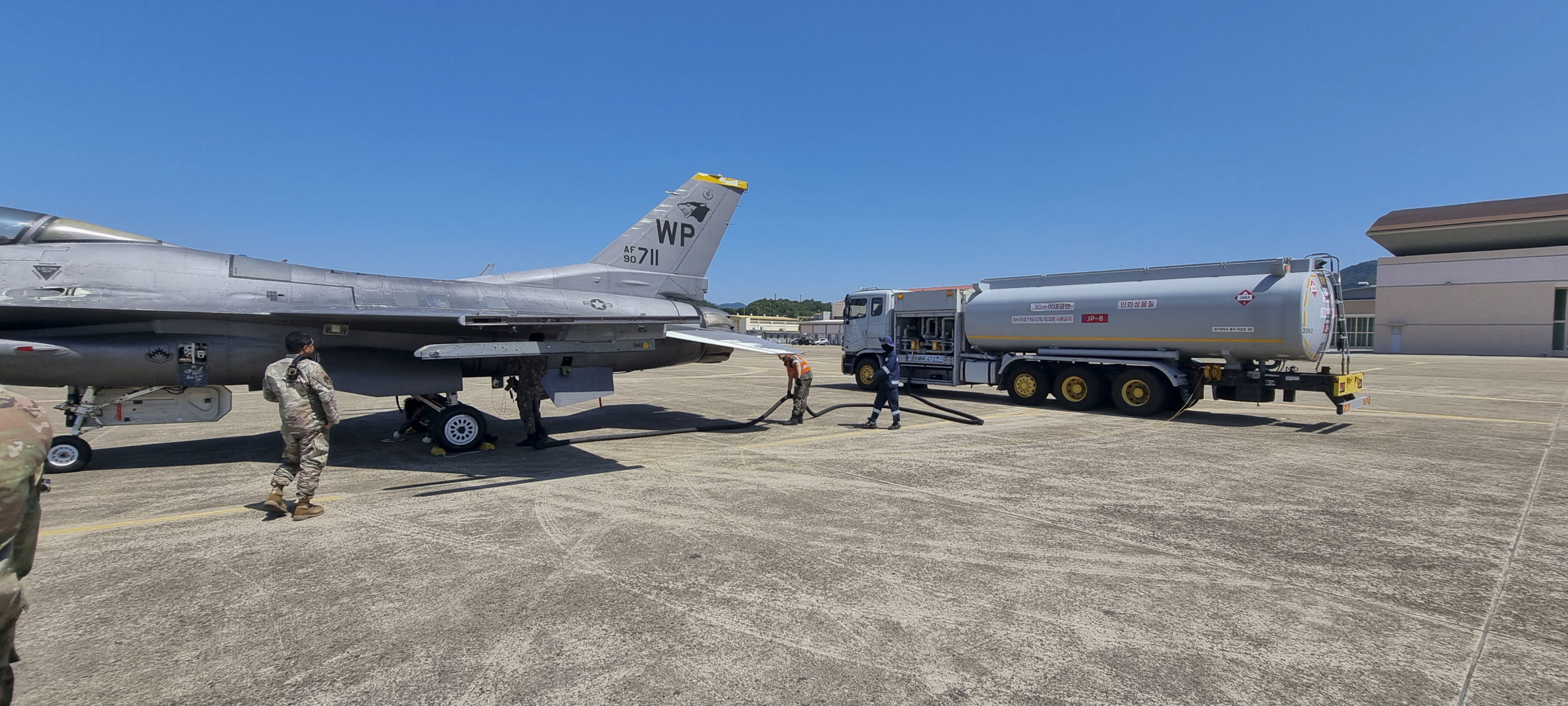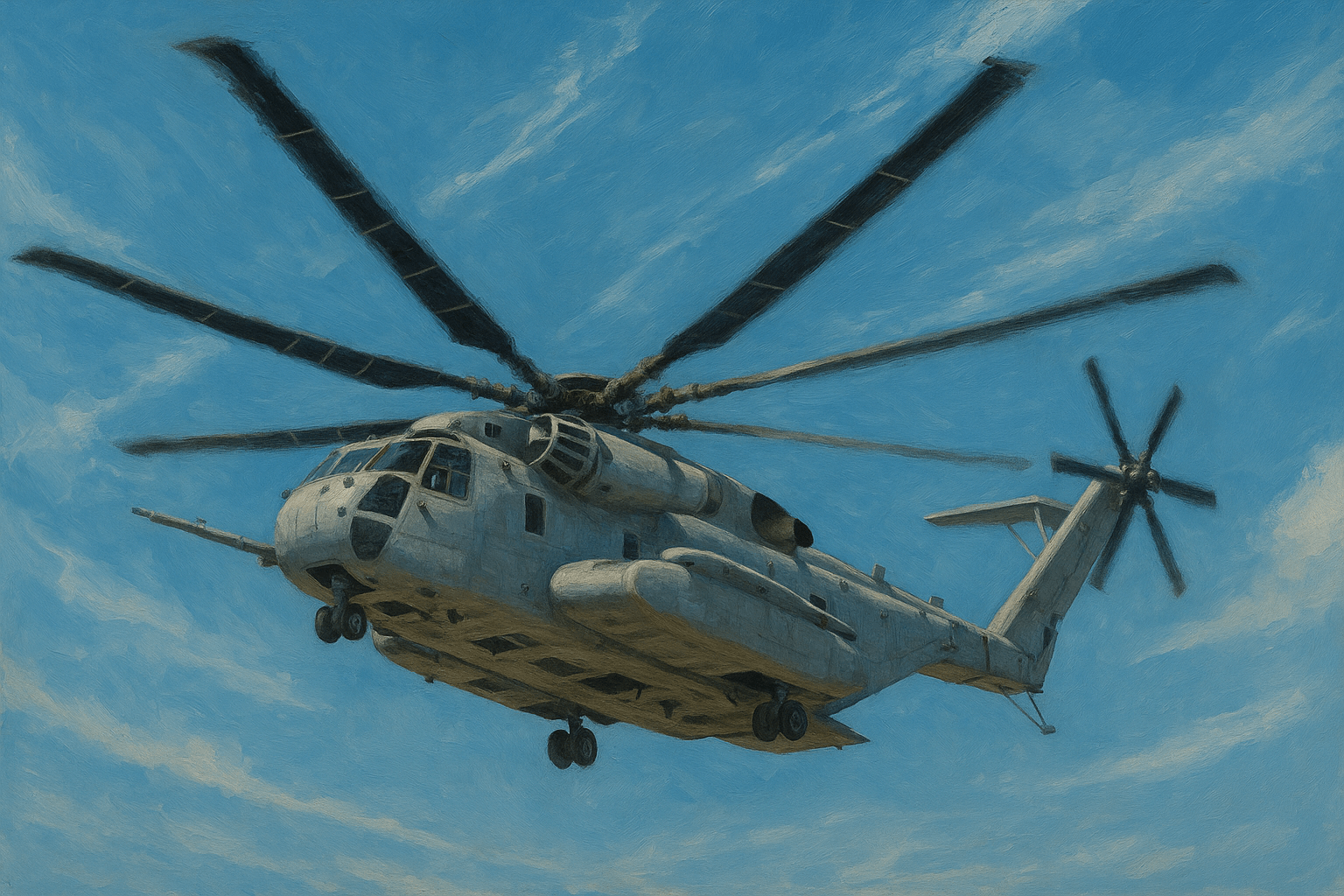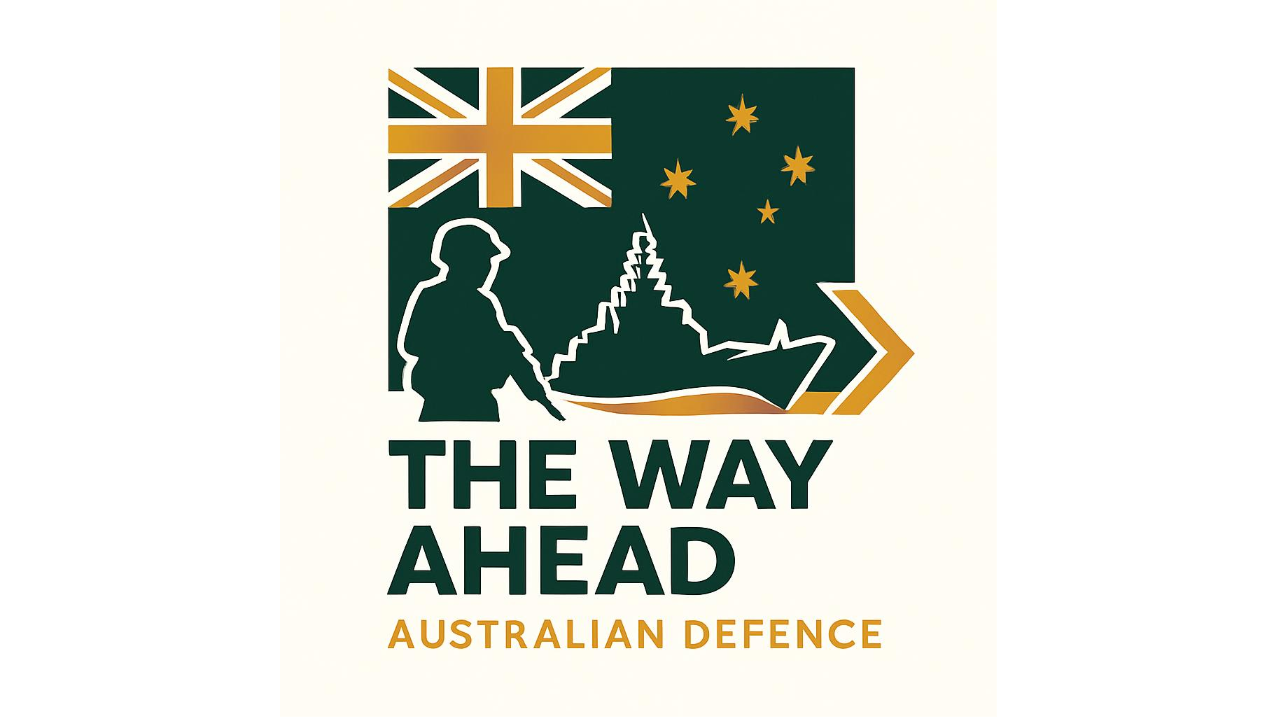In 1970, the rolling hills and vast plains of Ukraine served as the backdrop for one of cinema’s most ambitious war epics. Sergei Bondarchuk’s “Waterloo” transformed the Soviet republic into 19th-century Belgium, with thousands of Red Army soldiers marching across Ukrainian soil to recreate Napoleon’s final defeat.
More than five decades later, those same landscapes echo with the sounds of real warfare, as Ukraine fights for its independence against Russian invasion. The cruel irony of history has turned a cinematic stage into an actual battlefield.
The 1970 film “Waterloo” represented an unprecedented collaboration between East and West during the Cold War era. Italian producer Dino De Laurentiis partnered with Soviet filmmakers to create what would become one of the most authentic war films ever made. The choice of Ukraine as the filming location was both practical and symbolic. Its terrain closely resembled the Belgian countryside where the actual Battle of Waterloo took place on June 18, 1815.
What made the film extraordinary was not just its $25 million budget (enormous for its time), but the Soviet government’s unprecedented decision to loan the production 15,000 soldiers from the Red Army. These weren’t actors or extras in the traditional sense, but active military personnel who brought genuine martial discipline to their performances. The soldiers were trained for months in 19th-century military tactics, learning to march in formation, handle period weapons, and execute the complex maneuvers that characterized Napoleonic warfare.
The irony was palpable even then: Soviet soldiers, representatives of a communist state that had risen from the ashes of Tsarist Russia, were portraying the armies of Napoleon and Wellington, the very forces that had shaped the Europe their own revolution would later transform. Ukrainian soil, which had witnessed countless real battles throughout history, from Mongol invasions to World War II’s devastating Eastern Front, now hosted a carefully choreographed recreation of someone else’s war.
Ukraine’s selection as the filming location was hardly accidental. The region has long served as a crossroads where empires clash and historical narratives intersect. From the medieval Kyivan Rus to the Polish-Lithuanian Commonwealth, from the Ottoman Empire’s northern reaches to the expanding Russian Empire, Ukrainian lands have been contested territory for centuries. The Cossack uprisings, the devastating famines, the Holocaust, and the brutal fighting of World War II, all have left their marks on this soil.
During the Soviet era, Ukraine was both a crucial agricultural heartland and an industrial powerhouse, contributing significantly to the USSR’s military and economic might. The soldiers who marched across Ukrainian fields in 1970, recreating Waterloo’s charges and counter-charges, were part of this Soviet military machine. Many of these soldiers were themselves Ukrainian, their families having survived Stalin’s engineered famines and Hitler’s occupation. They were now playing soldiers from a completely different era and conflict, their own complex history temporarily subsumed into the grand narrative of Napoleon’s downfall.
The film’s production showcased the Soviet Union’s organizational capabilities and Ukraine’s strategic importance within the federation. The logistics required to coordinate 15,000 soldiers, hundreds of horses, authentic costumes, and period weaponry demonstrated the kind of centralized planning and resource mobilization that characterized Soviet governance. Ukrainian infrastructure, from railways to accommodation facilities, supported this massive undertaking.
“Waterloo” achieved an authenticity that modern CGI-heavy productions struggle to match. The cavalry charges were real, with actual horses and riders thundering across Ukrainian steppes. The artillery smoke that rolled across the battlefield came from genuine cannons firing blank charges. The formations of infantry, thousands strong, moved with the precision that only actual military training could provide.
Bondarchuk, himself a veteran of World War II’s Eastern Front, brought a deep understanding of warfare’s chaos and brutality to the production. The Ukrainian locations provided the vast open spaces necessary to stage such massive battle scenes. The rolling terrain allowed cameras to capture the ebb and flow of battle across multiple miles, showing how Napoleon’s forces gradually succumbed to Wellington’s defensive positions and Prussian reinforcements.
The soldiers’ performances carried weight because they understood military discipline in ways that civilian actors never could. Their movements during battle scenes reflected genuine tactical knowledge, their responses to commands showed real military training, and their ability to maintain formation under difficult filming conditions demonstrated the kind of unit cohesion that actual armies require.
Yet there was something surreal about watching Soviet soldiers portray the Grande Armée.
Napoleon’s multinational force that had included Poles, Germans, Italians, and French. Many of the Ukrainian and Russian soldiers participating in the film came from regions that had actually fought against Napoleon during his 1812 invasion of Russia. They were now, in essence, playing their own historical enemies.
The transformation from cinematic battleground to actual war zone began decades after the cameras stopped rolling. Ukraine’s path to independence following the Soviet Union’s collapse in 1991 was initially peaceful, but it set the stage for the conflicts that would later engulf the region. The Orange Revolution of 2004, the Euromaidan protests of 2013-2014, and Russia’s subsequent annexation of Crimea and support for separatists in eastern Ukraine marked Ukraine’s gradual shift from Soviet satellite to contested nation.
The 2022 Russian invasion brought full-scale warfare to Ukrainian soil for the first time since World War II. The same landscapes that had hosted Bondarchuk’s elaborate recreations of 19th-century warfare now witnessed 21st-century combat featuring drones, precision missiles, and tank battles that would have been unimaginable to the filmmakers of 1970.
The parallels are haunting.
Where Soviet soldiers once pretended to charge across fields in formation, Ukrainian defenders now fight for their homeland’s survival. The Ukrainian steppes that provided such magnificent backdrops for cinematic cavalry charges now see the movement of modern armored columns and the flight patterns of military aircraft.
The coordination and logistics that once served a film production now serve a life-and-death struggle for national existence.
The juxtaposition reveals something profound about how we remember and represent conflict.
In 1970, war was something that could be packaged as entertainment, a spectacular historical drama complete with heroic charges and noble defeats. The Battle of Waterloo, safely distant in time, could be transformed into cinematic spectacle. The Soviet soldiers participating were performing someone else’s history, playing roles in a conflict that had ended 155 years before they were born.
Today’s war in Ukraine carries no such distance or abstraction.
Every explosion, every casualty, every displaced family represents immediate human cost. The Ukrainian soldiers defending their country aren’t performing historical roles. They’re writing contemporary history with their blood and sacrifice. The soil that once absorbed fake gunpowder and theatrical casualties now bears witness to genuine loss and heroism.
The film “Waterloo” captured Napoleon’s famous observation that “from the sublime to the ridiculous is but a step.” The current reality in Ukraine suggests a different truth: from the cinematic to the real is also but a step, and that step can be measured in human lives rather than entertainment value.
The 15,000 Soviet soldiers who participated in filming “Waterloo” have long since returned to civilian life or passed away. Many were Ukrainian, and some of their descendants may now be fighting in the current conflict. The transformation from extras in a historical drama to participants in contemporary history represents one of those strange turns that only time can create.
The film itself remains a masterpiece of historical recreation, its battle scenes unmatched in their scope and authenticity. Yet viewing it today, knowing what has transpired in Ukraine, adds layers of meaning that its creators never intended. Every Ukrainian face among the Soviet extras, every piece of Ukrainian terrain captured on film, now carries the weight of current events.
Perhaps this is what makes the comparison so compelling: it reminds us that history is never truly past, that the landscapes we use to remember old wars can quickly become the sites of new ones.
The Ukrainian fields that once echoed with the choreographed sounds of Napoleonic battle now ring with the urgent reality of contemporary conflict. The transition from performance to reality, from recreation to creation of new history, serves as a sobering reminder that peace, like the elaborate staging of old wars, can be more fragile than we imagine.
The story of Ukraine, from Soviet film set to independent nation under siege, encapsulates the unpredictable nature of history itself.
What begins as entertainment can become earnest reality; what seems like distant past can suddenly become urgent present.
In this transformation lies both tragedy and testament to the enduring human capacity for both creation and destruction, for both artistic achievement and actual heroism.
The featured image was generated by an AI program.




